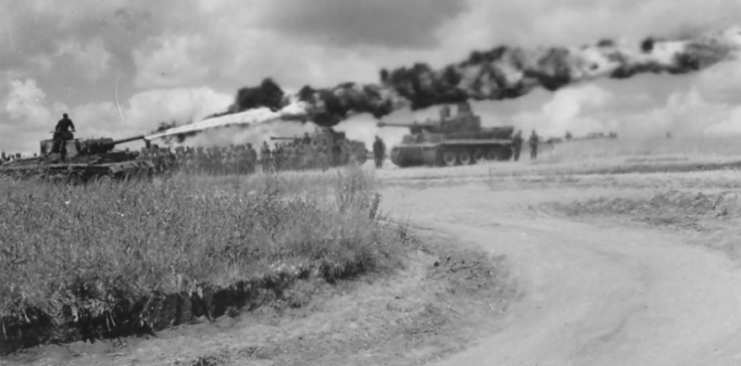Flamethrower tanks – Flammpanzer II/III in 26 Great Photos
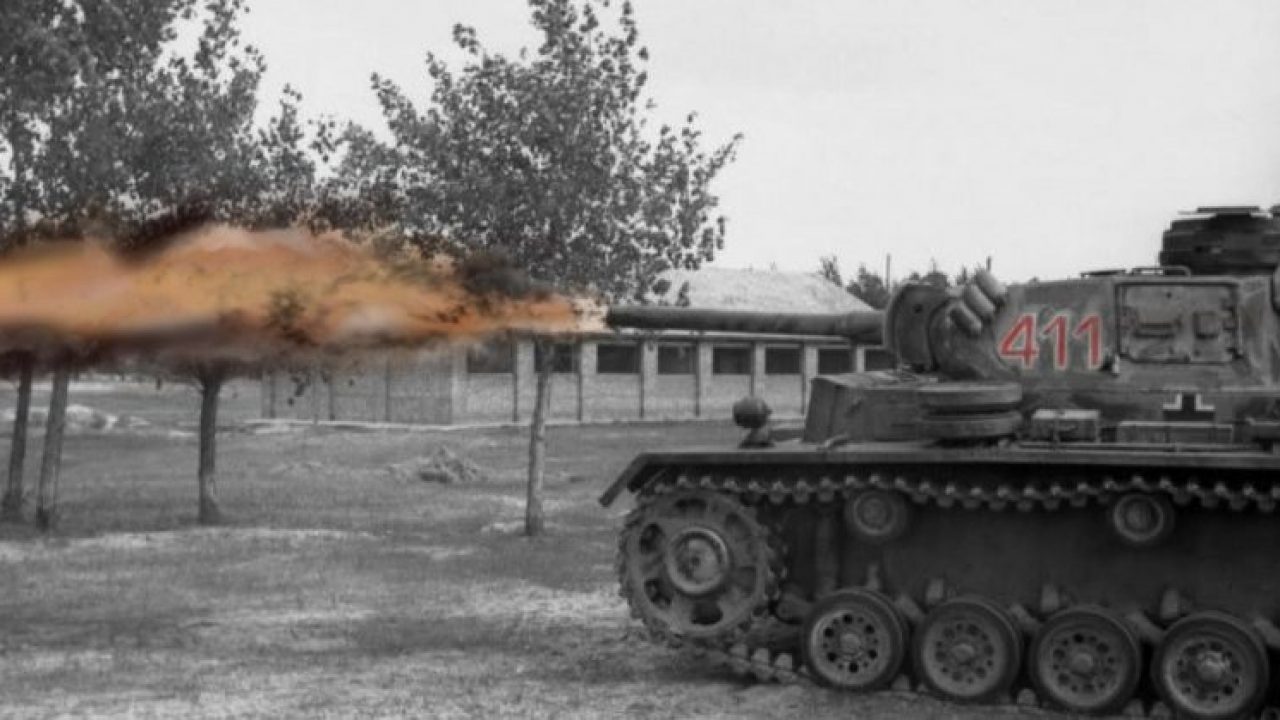
The modern flamethrower saw action during WWI, where it proved to be a deadly and terrifying weapon to face, but its capabilities were soon found to be limited. The man-portable flamethrower was heavy, unwieldy, had short usage time, and when the operator began firing, they immediately became a priority target on the battlefield.
The flamethrower had relatively short range compared to other weapons, requiring the operator to be in close proximity to their target, but this increased the danger posed to them.
Solving these shortcomings and increasing the capabilities of the flamethrower were of high importance for many nations.
Most of the issues were a result of the human operator, who was limited by how much they could carry, and their vulnerability to enemy fire. An obvious solution was to remove the human, and mount the weapon system on an armored vehicle. This created the flame tank.
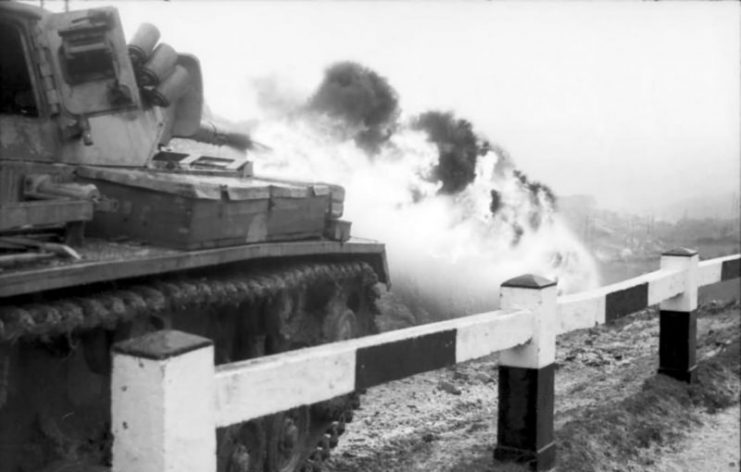
Flame tanks carried much more fuel for the weapon and protected the crew so they could be closer to the target. Early versions used man portable flamethrowers added onto the vehicles, but later dedicated flame tanks were fitted with much more powerful systems that greatly increased their range.
Many countries like the US, Soviet Union, UK, Italy Japan and Germany pursued the flame tank in an effort to add them to their inventories.
Germany’s version, the Flammepanzer, began development in February 1939 after a requirement was issued by German Army Headquaters.
The task was given to the producers of the Panzer II tank: Maschinenfabrik Augsburg-Nuremberg (MAN) and Daimler-Benz. They had completed a prototype by July 1939 based on the Panzer II Ausf D/E, finished with soft steel plating. It was called the Flammpanzer II.
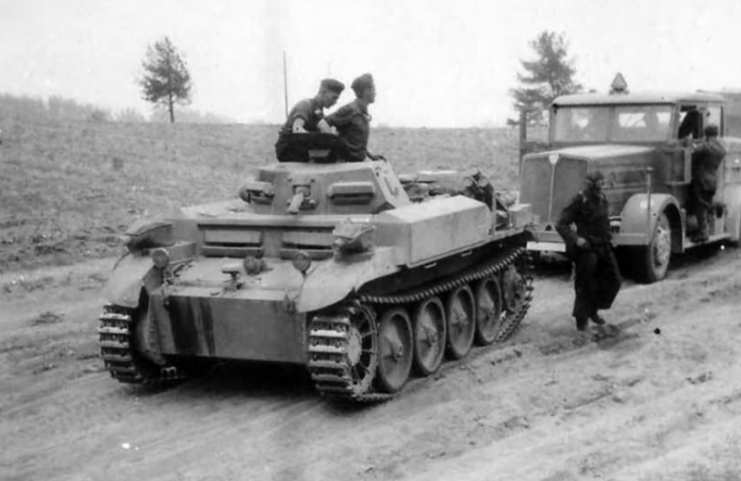
Known as the Flamingo, it had a new rotating turret that housed an MG 34 machine gun, a three man crew, and armor protection of up to 30 mm. The vehicle carried two flamethrowers, one on each front corner that could rotate 180 degrees. Both flamethrowers were supplied by their own 160 litre armored fuel tank that gave them 80 “shots” worth. The acetylene ignited system could project flames up to 25 meters, with the help of compressed nitrogen in four storage tanks.
With this added equipment, the Flammpanzer II came in at 12 tons, 2 tons heavier than a standard Panzer II. It was powered by a 140 hp 6 cylinder Maybach HL62 TRM engine.
Between January and March 1940, 143 Flammpanzer IIs were built, 43 of which were converted from Panzer IIs.
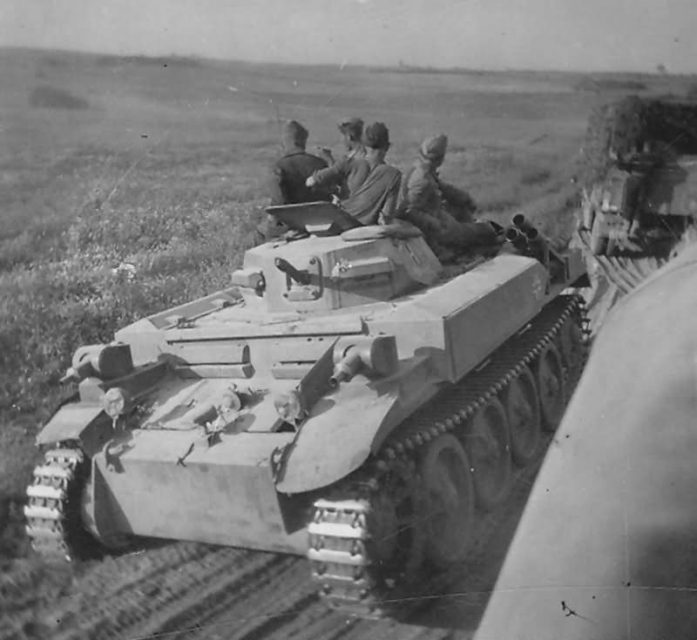
They saw action in the USSR until late in 1941 but their performance wasn’t exactly a major success, owing in part to their thin armor protection. They were withdrawn, and many were then converted in Marder IIs.
To replace the Flamingo, the Germans designed the Flammpanzer III with which they hoped to use in Stalingrad, but they were too late, only being ready between February and April 1943.
Around 100 existing Panzer III medium tanks were converted into Flammpanzers by Wegmann Waggonfabrik in Kassel. They used a 14mm flamethrower system with a 150-cm-long barrel replacing the 5-cm KwK 39 gun of the Panzer III. They also retained the coaxial MG 34 machine gun and armor from the Panzer III. Two 510 liter fuel tanks replaced the 5 cm gun ammunition storages.
This new system could spit flaming fuel at a range of 60 meters using ignited oil and 50 meters using cold oil. Flammpanzer IIIs served mostly on the Eastern Front, such as the Battles of Kursk, where they were part of the 6th and 11th Panzer Divisions.
Flame tanks were fearsome weapons of war, able to flush out bunker systems, or make entire ranks of soldiers surrender at the mere sight of one. Hand held flamethrowers were still used during WW2 and after, but flame tanks were king at all out devastation.
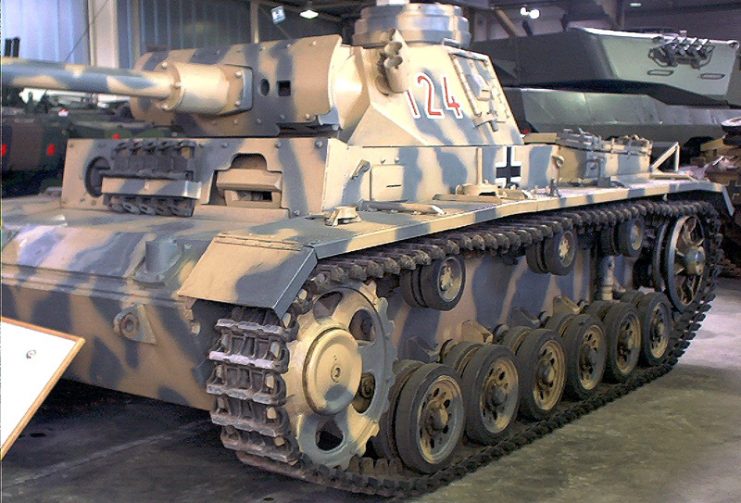
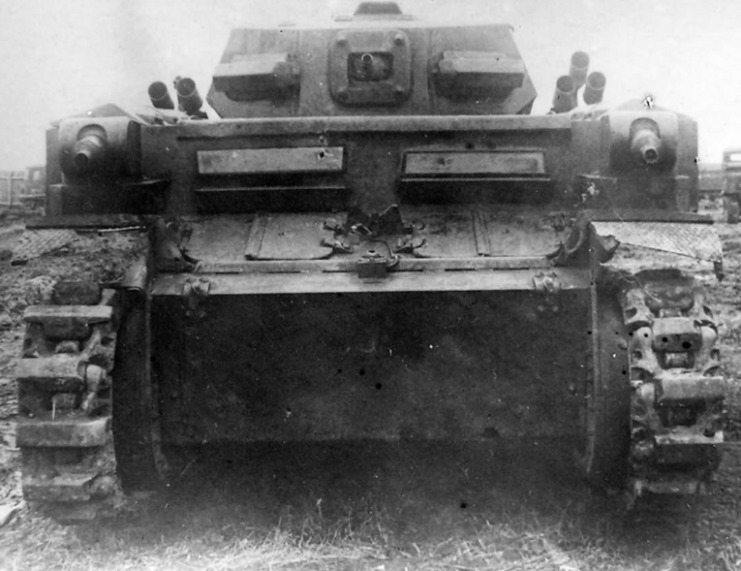
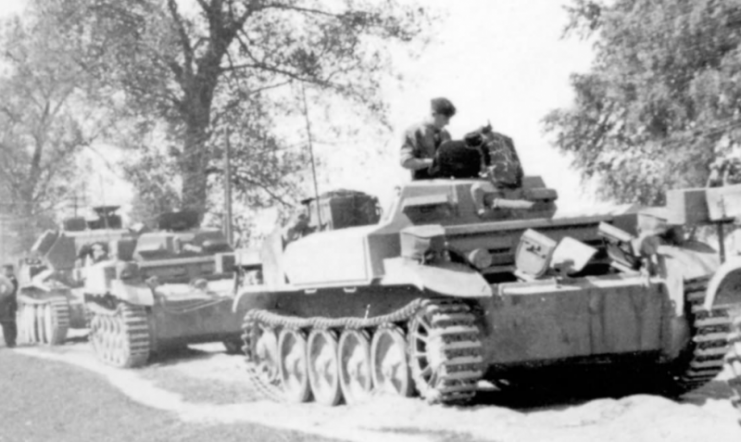
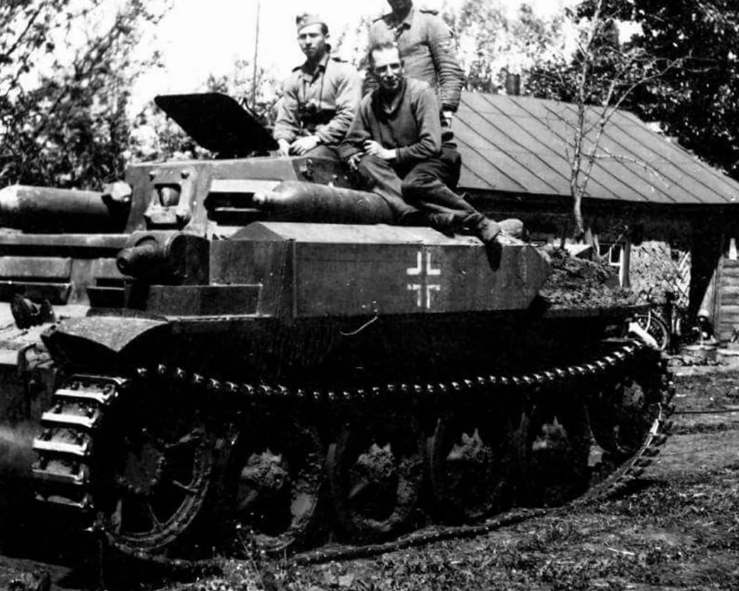
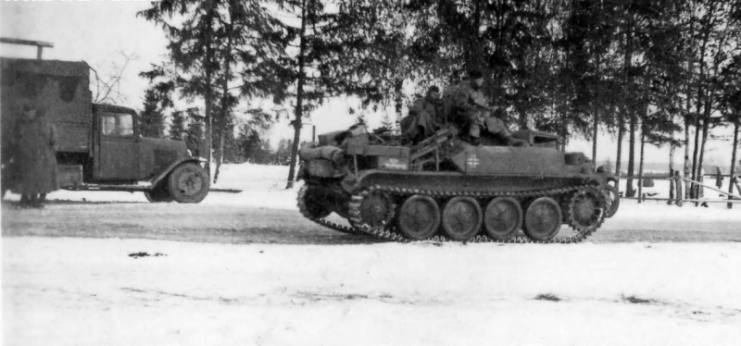
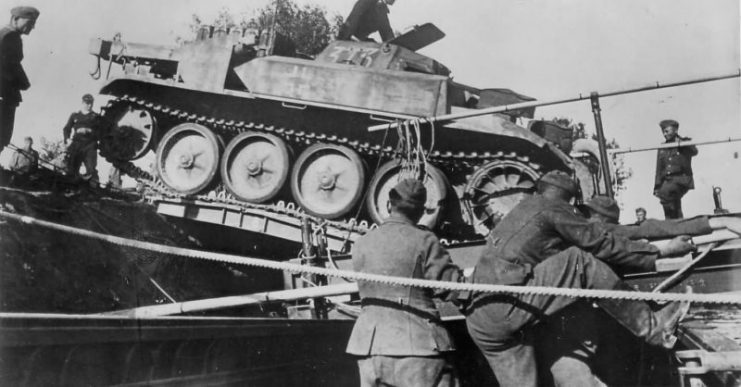
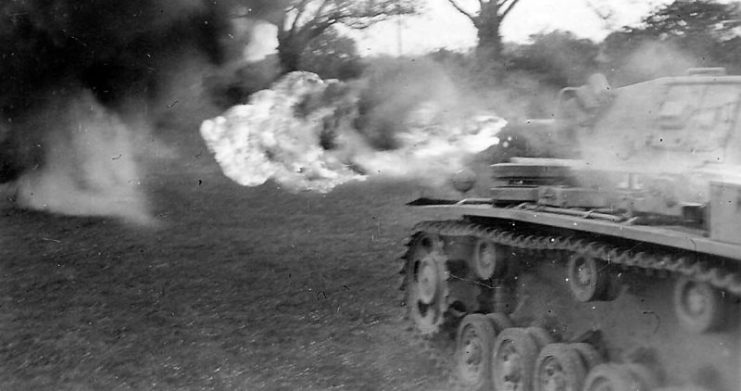
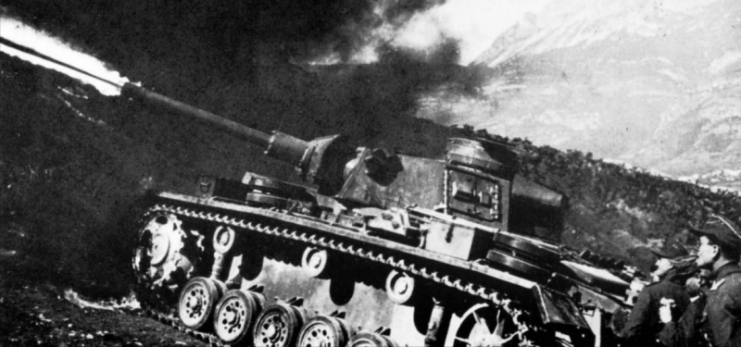
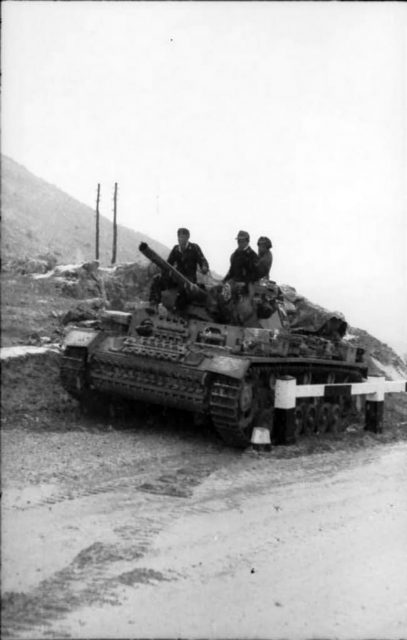
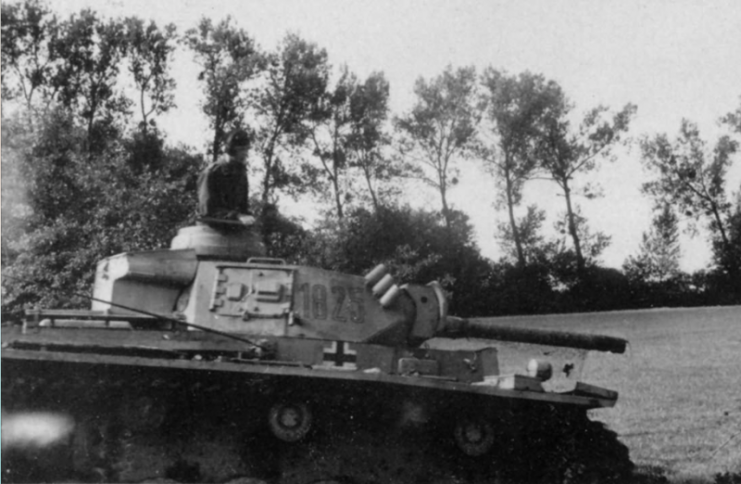
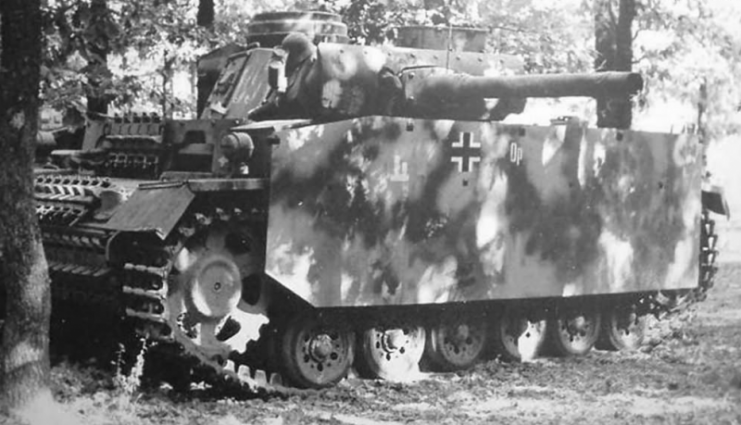
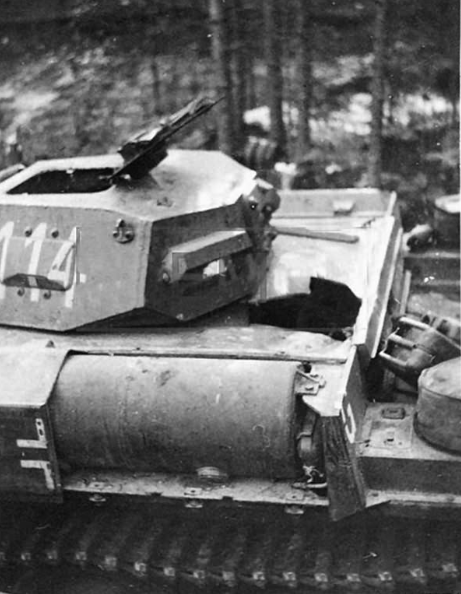
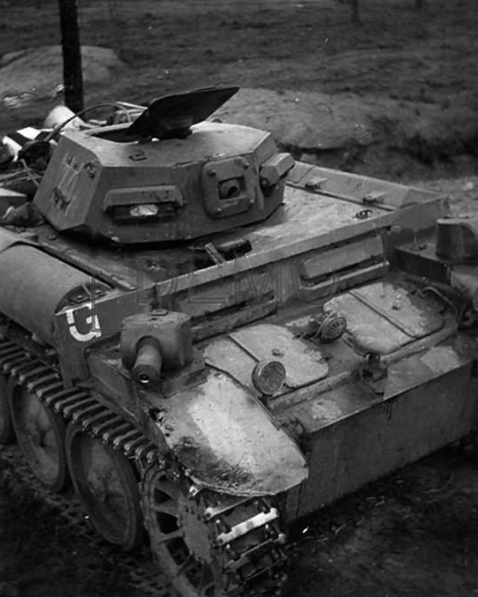
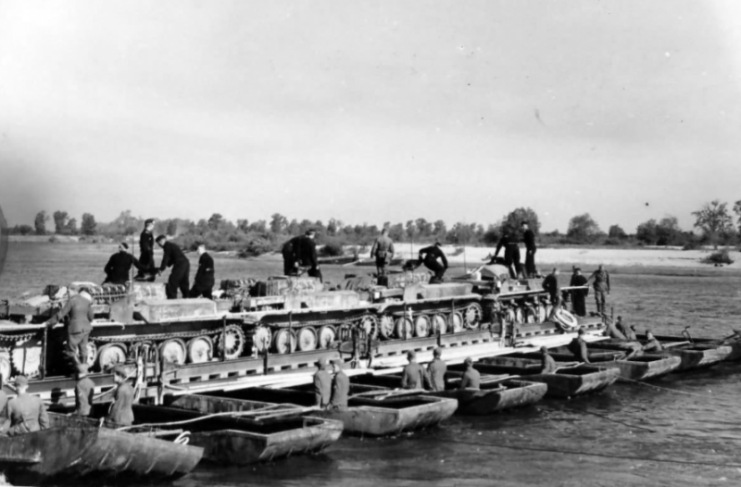
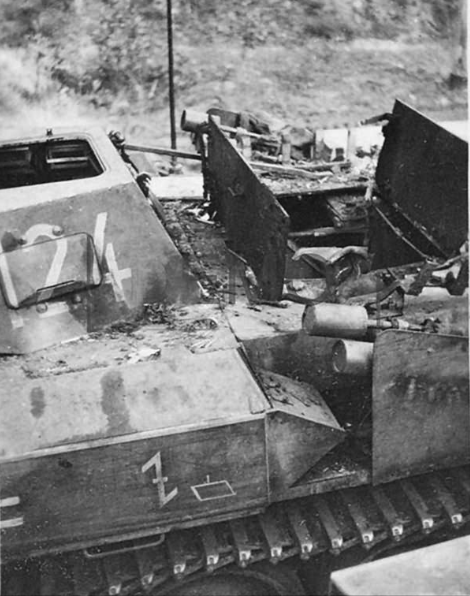
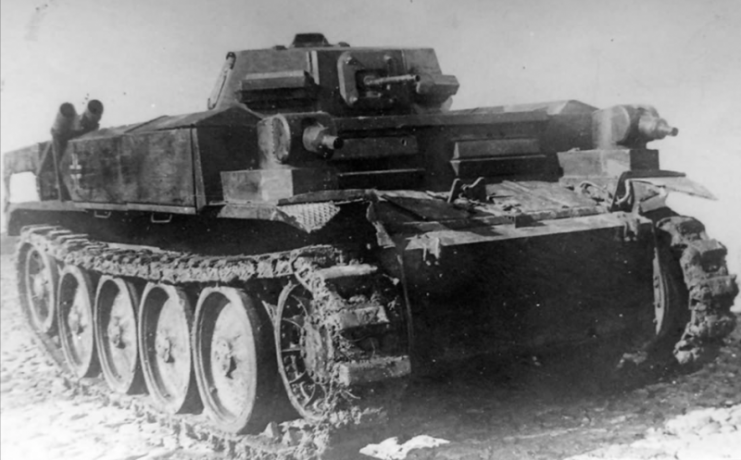
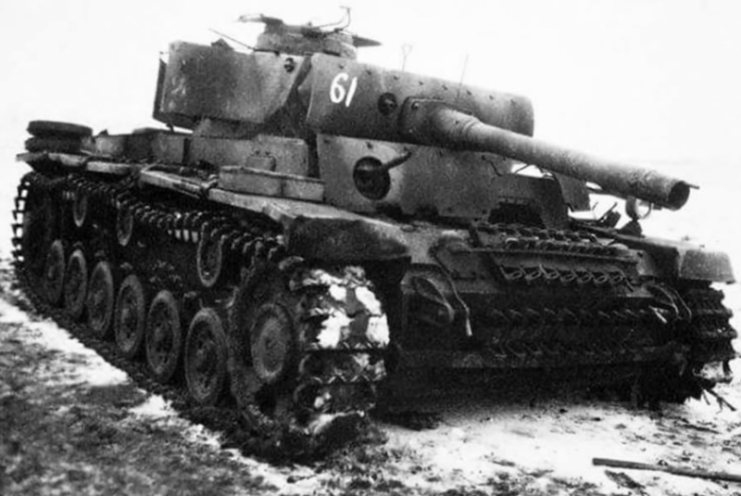
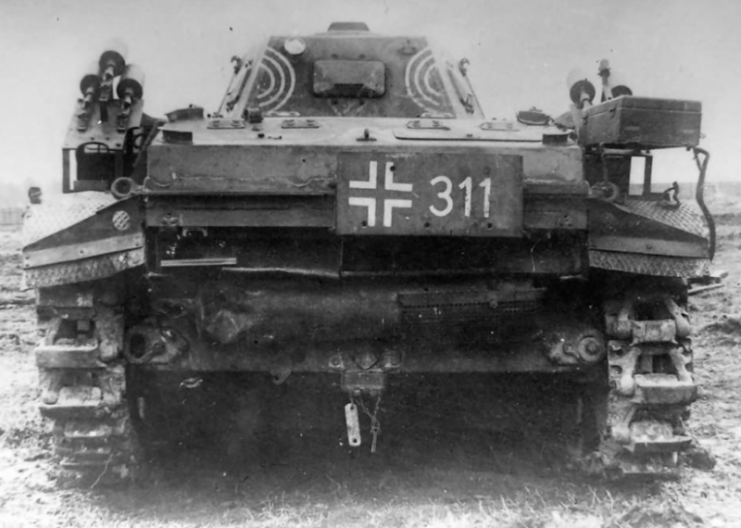
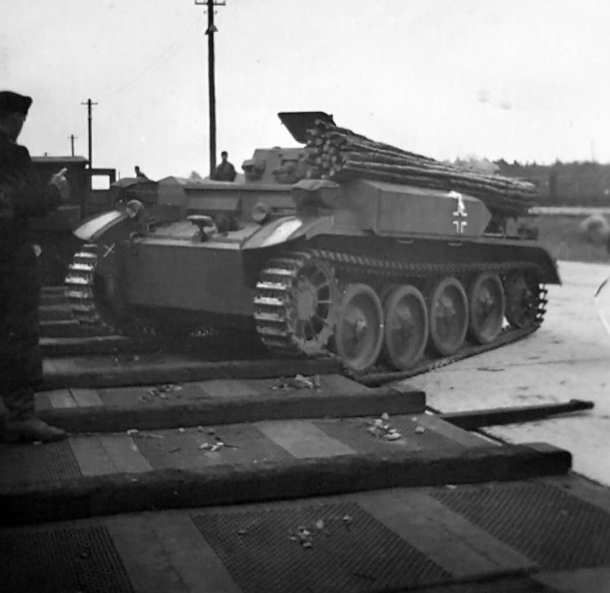
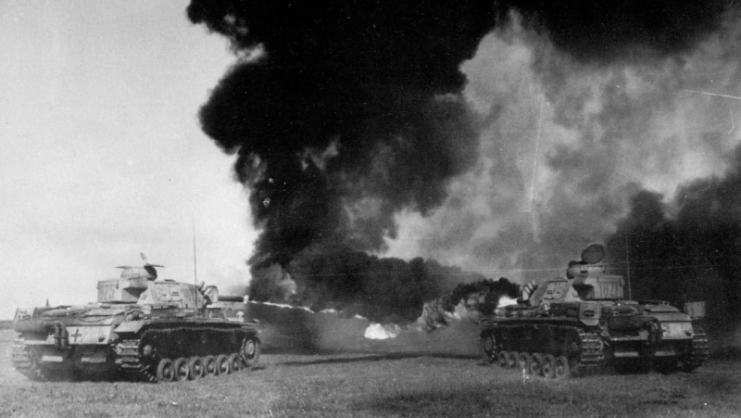
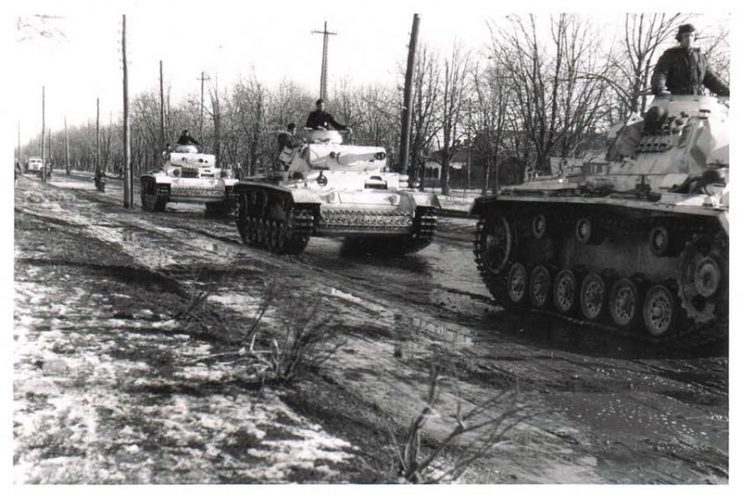
Another Article From Us: Heavy Tank T29 – The US’s Intended Answer to the King Tiger
